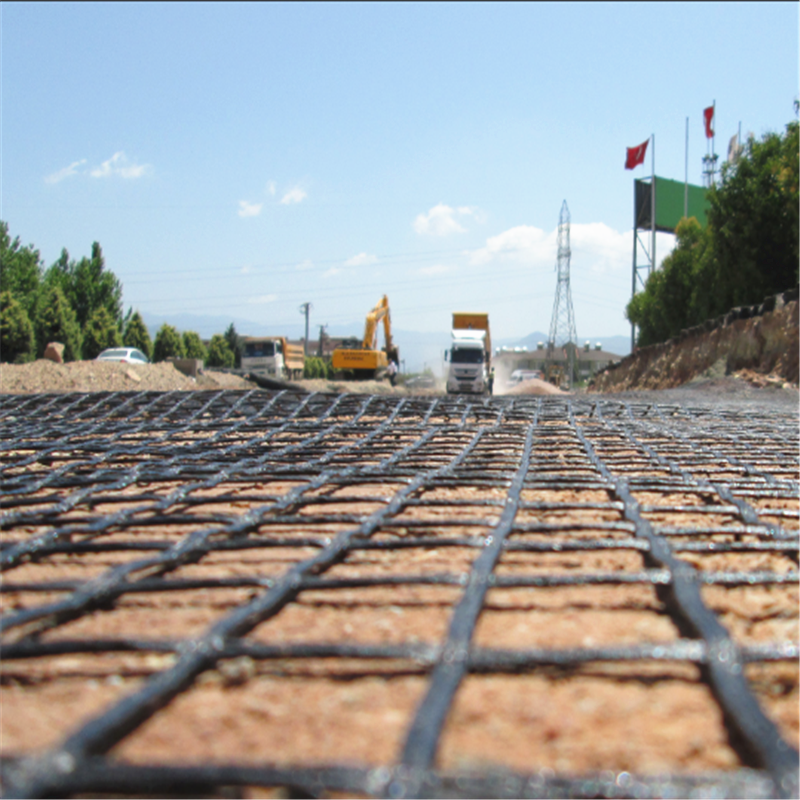Flower Handling
When purchasing flowers, especially from more professional flower shops, you may find that they often include a fresh-keeping tube with the bouquet. This tube contains a special preservation liquid that helps maintain the freshness of the flowers for up to 2-3 days without needing to place them in a vase immediately. If you're giving the flowers as a gift, feel free to ask the shop if they can include this tube. However, if you're buying the flowers for personal enjoyment, it's best to remove the tube and arrange the bouquet at home as soon as possible.
Whether the flowers are from your own garden or a store, it's important to properly prepare them before arranging. Start by submerging the stems in water and then cutting off the excess length. This helps prevent air bubbles from entering the cut ends, which could block the water-conducting vessels in the stem and reduce the plant’s ability to absorb water later on.
To increase the surface area for better water absorption, it's recommended to make a slant cut or cross-cut on the stems. Also, remove more than half of the leaves on the stems to prevent excessive water and nutrient consumption, which can lead to rotting.
After trimming, place the bouquet in a container of water as soon as possible. The water level should be about one-third of the bottle’s height to ensure proper hydration without overfilling.
Vase Selection
When choosing a container, don’t limit yourself to traditional vases. Cups, bottles, mugs, or even pen holders can work as long as they are clean and leak-proof. Just make sure to wash them thoroughly before use.
The general rule is that the total height of the flowers and the vase should be in a 3:2 ratio. This ensures a stable center of gravity, preventing the arrangement from tipping over and blocking the view of the flowers.
If the stems themselves have aesthetic value, go for a transparent vase to showcase them. If you want to focus on the flowers or hide messy stems and leaves, choose an opaque container instead.
In most cases, simpler and more neutral-colored vases allow the beauty of the flowers to shine through. However, if you're looking for a unique touch for a special occasion or personal preference, feel free to decorate the vase creatively—just make sure it doesn't interfere with the flowers’ display.
Extending the Life of Flowers
Additives: During blooming, flowers require a lot of nutrients. Adding a floral preservative to the water can help extend their life. These preservatives usually contain antibacterial agents that inhibit bacterial growth in the water. Follow the instructions provided for the correct dosage.
Alum: This substance helps purify the water and has antibacterial properties. You can find it in aquarium stores or Western pharmacies. Dissolve a small amount in the water before placing the flowers. While some people use vinegar, beer, alcohol, bleach, soap, or soda, these methods are not reliable and may harm the flowers, so we don’t recommend trying them.
Reviving Dehydrated Flowers: If you’re away for a few days and come back to find the flowers dehydrated, you can revive them by cutting the stems by 5 cm and submerging the entire bouquet in a bucket of water for two hours. Another quick fix is to mist the stems and leaves with a watering can, allowing the moisture to flow down to the flowers for about 30 minutes. After this, if the flowers start to look better, place them back in the vase. If there’s no improvement, it may mean the flowers are too damaged to save, and you might need to replace them.
Daily Maintenance
Changing the water every day is essential for keeping your flowers fresh. It helps maintain cleanliness and ensures the flowers stay vibrant for longer.
If any leaves or petals start to wilt, remove them promptly to keep the arrangement looking neat and hygienic.
Every day, place the bouquet near a window or in a well-ventilated area during the morning or evening when the sunlight is softer. This helps improve the flowers' appearance and prolongs their lifespan.
Geogrid
The Geogrid including Polyester Geogrid, Fiberglass Geogrid, Steel Plastic Composite Geogrid and Plastic Geogrid.
The geogrid is a major geosynthetic material. Compared to other geosynthetic materials, it has unique performance and efficacy. Commonly used for reinforcement of soil structure or reinforcement of composite materials.
The uses of geogrid: It is suitable for embankment and embankment reinforcement slope protection tunnel wall reinforcement large airport parking lot wharf cargo yard and other permanent bearing foundation reinforcement.
The feature of geogrid:
The high strength creep can adapt to all kinds of environment soil, and can satisfy the use of high grade highway retaining wall.
It can effectively improve the locking and occlusion of the reinforced bearing surface, greatly enhance the bearing capacity of the foundation, effectively restrain the lateral displacement of the soil, and enhance the stability of the foundation.
More suitable for deep-sea operations, embankment reinforcement, fundamentally solve the other materials do stone cage due to long-term erosion by the sea caused by low strength, poor corrosion resistance, short service life and other technical problems.
It can effectively avoid the construction damage caused by the crushing and destruction of machinery and tools in the construction process.

Steel Plastic Geogrid,Polypropylene Geogrid,Stretch Plastic Geogrid,Biaxial Plastic Geogrid
ANPING COUNTY SHANGCHEN WIREMESH PRODUCTS CO.,LTD , https://www.scwiremesh.com